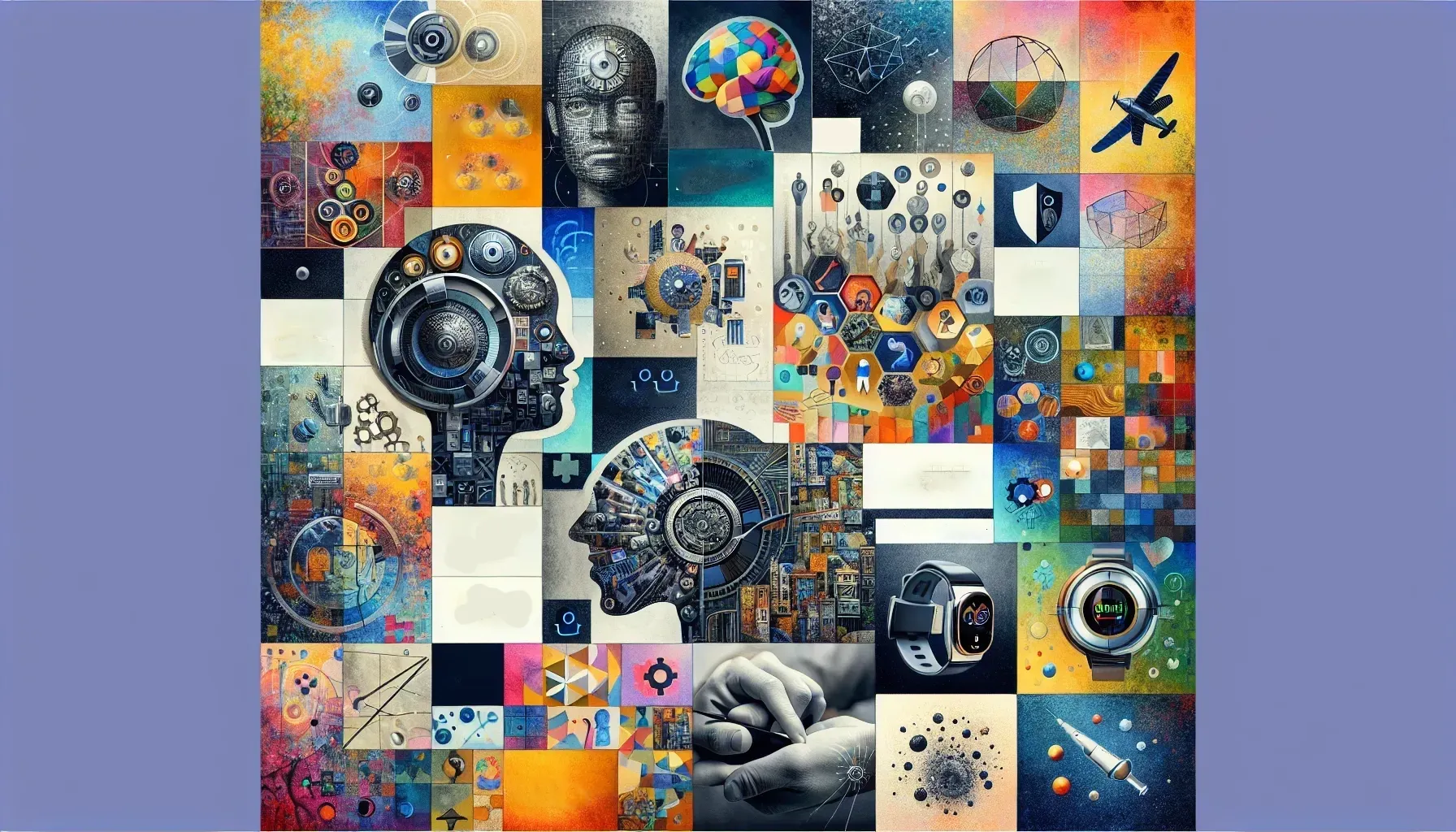Wearable Wisdom: Revolutionizing Autism Interventions with Wearable Tech

At HorizonsMind Blog, we're perpetually scouting the frontier of assistive technology, and recently, there's been a surge of interest in how wearable tech is revolutionizing interventions for autistic children. Let's delve into the ways these devices are paving new paths for support and understanding.
Navigating Emotional Turbulence with Biofeedback Wearables for Autistic Children
Children on the autism spectrum often face challenges in recognizing and communicating their emotions, a situation that can lead to feelings of frustration and stress. Biofeedback wearables represent a remarkable advance in this area. Grounded in physiological metrics like heart rate variability, skin temperature, and galvanic skin response, these wearables help children become more attuned to their physical responses to emotions.
Parents and therapists are now using this data to better understand emotional triggers and devise personalized strategies to navigate emotional turbulence. For instance, a sudden spike in heart rate indicated by the wearable might signal anxiety or excitement, ensuring timely interventions or support.
The Power of Prediction: Anticipating Needs with Smartwatch Data Analysis
Predicting the needs of children with autism is a critical component of caregiving that has often been left to instinct. However, with smartwatches designed for data analysis, caregivers can now identify patterns that preempt specific behaviors or needs.
These devices collect continuous streams of data on sleep patterns, activity levels, and physiological responses. Analysis of this data over time can alert caregivers to impending meltdowns or other stressors before they occur, allowing for quick action to provide comfort or intervene as necessary.
Related Article: Autism's Secret Edge in Cybersecurity Innovation
Enhancing Focus and Reducing Distractions Through Responsive Wearables
Responsive wearables allow real-time adjustments in an ever-changing environment. Wrist-worn devices that emit gentle vibrations or auditory cues remind children of ongoing tasks, helping them maintain focus amidst potential distractions.
The tactile stimuli from these wearables can also provide calming effects during overwhelming situations. By reinforcing positive behaviors and structured routines through subtle prompts, these devices help children navigate their daily activities with improved concentration and reduced anxiety.
Speech Generating Devices on Your Wrist - The New Frontier for Verbal Communication Aids
Speech-generating devices (SGDs) have long been part of augmentative and alternative communication (AAC) strategies for non-verbal autistic individuals. Migrating this technology onto a wrist-worn wearable extends the portability and convenience of SGDs vastly.
With simple taps or swipes, children can communicate their needs and thoughts, fostering independence and confidence in social interactions. This immediacy also decreases the dependency on bulky equipment or third-party assistance for day-to-day communication needs.
Related Article: Navigating New Horizons: The Role of Augmented Reality in Developing Social Skills for Autistic Children
Game-Changing Wearable Tech Innovations Tailored for Sensory Processing Issues
Sensory processing issues are prevalent among autistic children; thankfully, HorizonsMind Blog readers are well aware that innovation never rests. Wearables now offer customizable sensory inputs like haptic feedback or soothing audio that can be adjusted according to the child’s sensory sensitivity.
For instance, weighted wristbands simulate deep pressure therapy a known comfort mechanism while noise-canceling features in auditory wearables help manage auditory hypersensitivity by filtering out distressing background noise to aid concentration.
Seamless Integration of Therapy into Daily Life with Wearables
Therapeutic routines are integral for many children with autism but integrating them seamlessly into daily life can be a challenge. The advent of therapy-centric wearables means therapeutic exercises can transition from the clinic into homes and schools unnoticed.
Programmed with various therapeutic games and tasks, these wearables offer consistent reinforcement outside traditional therapy sessions without disrupting daily routines. Moreover, they gather invaluable behavioral data in natural environments that are useful for refining therapeutic approaches.
Related Article: The Revolution of Augmented Reality in Autism Education
Tackling Sleep Challenges in Autism with Sleep-Monitoring Wristbands
Sleep disorders figure prominently within the autism community. Monitoring sleep is crucial, and wearables like sleep-monitoring wristbands are coming to the rescue. By tracking sleep duration, quality, and disturbances throughout the night, these devices help caregivers understand patterns that may affect daytime behaviors.
With actionable insights derived from sleep data, adjustments such as modifying bedtime routines or room environments can be made to enhance sleep quality. Additionally, certain wristbands now incorporate gentle vibration alarms that wake children softly at optimal times based on sleep cycles.
Strengthening Parent-Child Bonds Through Wearable-Based Activity Sharing
Wearable tech isn't just about monitoring; it's also about connecting. Synchronizing wearables between parents and children opens up lines of communication through shared activities tracked by the devices.
Engaging in mutually-recorded walks or set challenges can foster bonding moments facilitated by technology. Such shared experiences create opportunities for dialogue about mutual goals or reflections on achievements reinforcing relationships while navigating life with autism together.
Frequently Asked Questions
Biofeedback wearables are devices that track physiological metrics like heart rate and skin temperature. They help autistic children recognize their emotional responses, allowing parents and therapists to understand triggers and develop personalized strategies for managing emotional challenges.
Smartwatches designed for data analysis collect information on sleep patterns, activity levels, and physiological responses. By analyzing this data over time, caregivers can identify patterns that signal impending behaviors or needs, enabling timely interventions to provide support.
Wearable speech-generating devices allow non-verbal autistic individuals to communicate their needs through simple taps or swipes. This technology fosters independence and confidence in social interactions by providing a portable and convenient means of expression without bulky equipment.
Check Out These Related Articles

Simplifying the World of Wearable Tech for Autistic Children

Navigating Ethical Frontiers: Balancing Technological Advancements and Moral Responsibility in Autism Support

The Evolution of Autism Support Services in the Digital Age
